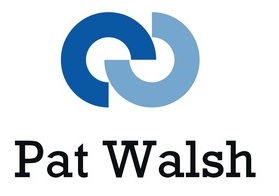As I’ve recently added blog posts on Mobile Payments, Apple Pay, Android Pay and Samsung Pay – all which use NFC – I thought I’d add a post for NFC itself.
What is NFC?
Firstly, NFC is Near Field Communication – a technology more catchily known as NFC.
Here’s the Wikipedia techie info “NFC employs electromagnetic induction between two loop antennae when NFC devices – for example a ‘smart phone’ and a ‘smart poster’ – to exchange information, operating within the globally available unlicensed radio frequency ISM band of 13.56 MHz on ISO/IEC 18000-3 air interface and at rates ranging from 106 kbit/s to 424 kbit/s.”
In the real world, that means NFC is technology used in ‘Tap and go’ or ‘Proximity card’ services – including Apple Pay, Android Pay and Samsung Pay, plus many other services.
NFC is a method of wireless data transfer between two enabled devices that are in close proximity (about 10 cms) An NFC-enabled device will detect another NFC-enabled device and data can then be transferred between the two devices.
NFC is a power-efficient technology, as it uses chips which run on very low amounts of power.
Uses for NFC
- Mobile Payments, used in Apple Pay, Android Pay, Samsung Pay
- Used in Android Beam and S-Beam technologies – where it bootstraps a more capable connection, such as Bluetooth and/or wifi
- Microsoft’s Windows Phone will enable Microsoft Payments in Windows 10, using NFC
- Sharing contacts, files etc between devices
- Potential for electronic identity and access
- Can be used with NFC tags or stickers, to automate tasks on mobile devices
- Used in some video games
More Info
Wikipedia
https://en.wikipedia.org/wiki/Near_field_communication
List of NFC enabled devices
http://www.nfcworld.com/nfc-phones-list/
NFC World
TechRadar on NFC
NFC Forum
http://nfc-forum.org/our-work/nfc-branding/n-mark/


